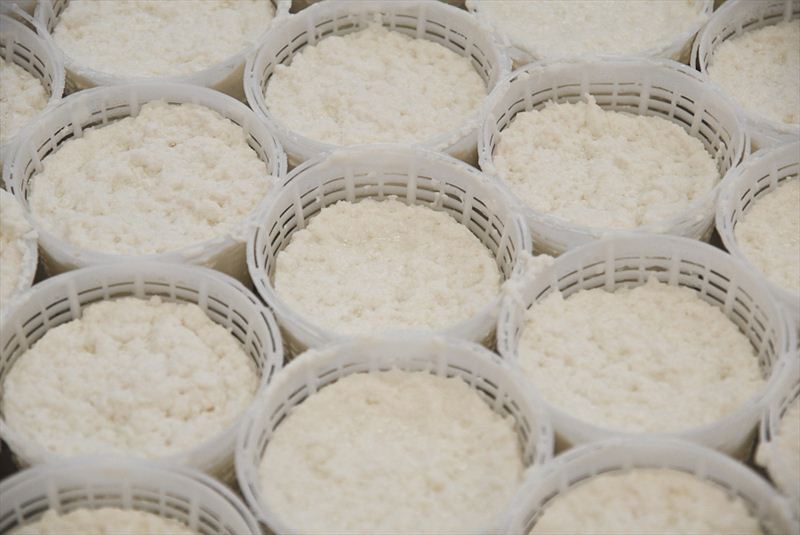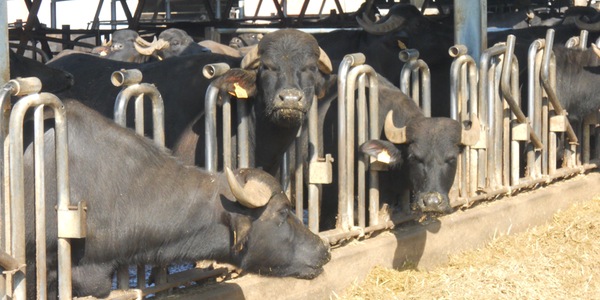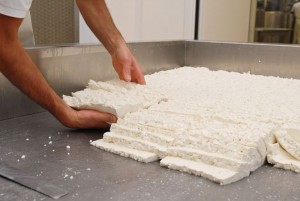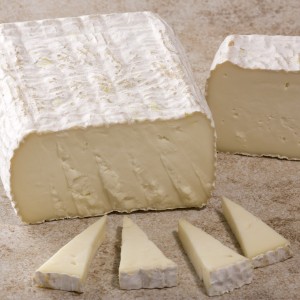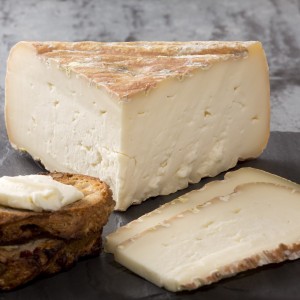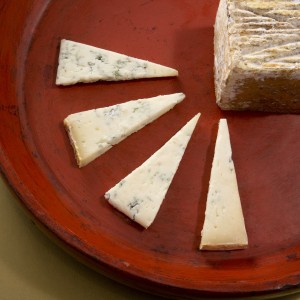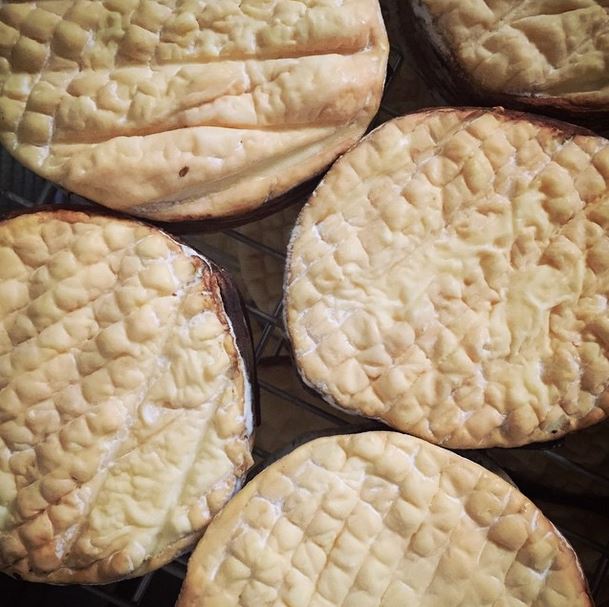Many of our national holidays are defined by a specific food. Thanksgiving is the turkey holiday. Independence Day is the hot dog holiday. But New Year’s alone is the holiday that is defined by a drink. That drink, of course, is Champagne. Well, let’s say sparkling wine, since we cheese people can certainly sympathize with sensitivities toward the misappropriation of names with protected geographical status. You may be drinking Cava, or Prosecco, or Crémant—technically, none of those are Champagne.
The point of the New Year’s beverage isn’t about where it’s sourced from, though. It’s about what it tastes like. So long as your wine has a good effervescence to it, you’re doing it right. And since there’s so much variation in sparkling wines, there’s naturally going to be variation in which cheeses you want to be pairing with. So we’ve put together this primer as a way of discussing how to do sparkling wine and cheese pairings the right way.

Generally, we can break things down by level of sweetness. Take a look at the label for hints on the sugar content of your vintage. Drier wines will have the word Brut, medium-dry ones will say Seco or Sec, and the sweeter stuff will be denoted by the word Doux or Dolce. We could get into the micro-degrees on this spectrum as well, but we’ll leave that for another time. Let’s focus on those three distinctions.
Brut
If you have a Brut-style wine, you’ll want a cheese that is luscious, soft, and super indulgent. The acidity and effervescence of the wine will work to swashbuckle through the richness of the cheese. The classic pairings here are your triple-cremes: Brillat-Savarin is always a crowd pleaser, as are Delice de Bourgogne and Cremeux de Bourgogne. If you’re looking for something made stateside, New York’s Champlain Valley Triple Cream and Vermont’s Nettle Meadow Kunik are the ways to go.
Seco/Sec
A sparkling wine that is semi-dry wants a cheese that is semi-indulgent. It should still be creamy and rich, but not at such heights as a triple-creme. A Chevre D’Argental would do particularly well with a seco, as would the ever-reliable Camembert Fermier.
Doux/Dolce
Sparkling wines with higher sugar contents are usually fruity and juicy. Therefore, you’ll want a cheese that goes well with sweet, fruity, berry-type flavors. There are plenty of styles that do just that. Valencay is both gooey and fudgy, with a nice bloomy rind to boot, and Taleggio works quite well if you’re looking to bring the funk. If you’re feeling indulgent—and after all, that’s the whole spirit of New Year’s Eve—Cypress Grove’s Truffle Tremor is decadent, tasty, and tasteful.
Bottle Aged/Biodynamic
Now, we did say three categories, but here’s a little bonus info for you. If your sparkling wine happens to be bottle aged, you can try opening up your selection to a broader range of flavors and textures. Bottle aged wines get fermented twice: once in the vat and then once in the bottle. That means they continue to evolve while under the cork. Often this makes for a drink that is funky and unfiltered, much like biodynamic wine. In these cases, the above rules still apply. But you can also do a big blue cheese like the holiday favorite Stilton, or go nuts with something alpine, like Annelies or L’Etivaz.
These are your rules of thumb. Again, no need to over-complicate things for your New Year’s bash—these few guidelines are all you need. Keep it fun, keep it simple, and when in doubt: the creamier the better.

